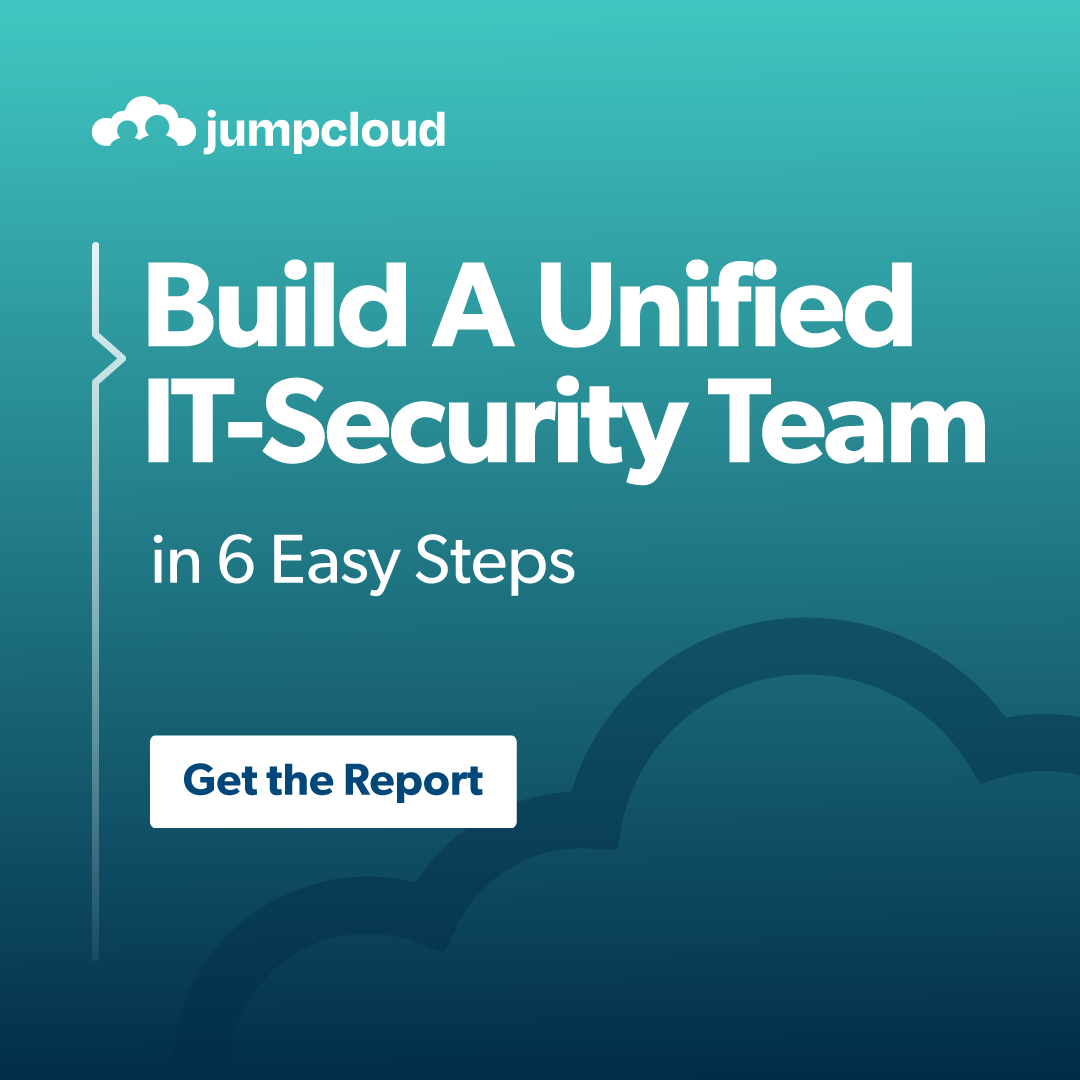Updated on July 15, 2025
Managing digital identities and access rights across an organization is becoming more challenging. The rise of cloud-based solutions, hybrid IT setups, and stricter compliance rules have increased the need for strong identity governance and administration (IGA) solutions.
This guide simplifies IGA by explaining its key components, features, and real-world examples to show why it’s essential.
Defining Identity Governance and Administration (IGA)
At its core, IGA is a combination of identity governance (policy and oversight) and identity administration (user account management). Together, these processes focus on managing digital identities, enforcing access policies, and ensuring compliance with regulations.
Core Concepts of IGA
Here’s a rundown of the foundational elements of IGA:
- Identity Lifecycle Management: Automates the creation, modification, and deletion of user identities, supporting actions such as onboarding, transfers, offboarding, and more.
- Access Management: Ensures users can securely access the resources appropriate to their roles while preventing unauthorized access.
- Identity Governance: Enforces policies to manage user roles, access certifications, and compliance.
- Identity Administration: Handles the practical management of user accounts and entitlements, ensuring the right people have access to the right resources.
- User Roles and Entitlements: Defines who has access to what, simplifying access control with clearly defined roles and permissions.
- Policy Enforcement: Centralizes role-based rules to ensure compliance with company policies and security standards.
- Compliance and Risk Reduction: Helps organizations adhere to regulations and mitigate risks by maintaining accurate documentation and processes.
- Operational Efficiency: Streamlines manual identity-related tasks, saving time and reducing errors.
How IGA Works
Understanding how IGA operates is key to successfully implementing it. Here’s a breakdown of its main mechanisms:
Identity Lifecycle Management
With identity lifecycle management, IGA automates the entire process of handling user identities.
- Onboarding: New users are automatically granted the access they need based on their roles from day one.
- Transfers: Role or departmental changes trigger automatic adjustments to access rights.
- Offboarding: Access is promptly revoked when employees leave the organization, reducing insider threats.
Access Request and Approval Workflows
IGA platforms streamline how users request access to resources. Automated workflows ensure requests are routed to the appropriate approvers, saving time and ensuring accountability.
Access Certification (Access Reviews)
IGA ensures periodic reviews of user access rights. By validating current permissions, unnecessary or risky access can be revoked promptly.
Role-Based Access Control (RBAC) and Policy Management
RBAC enforces permissions based on user roles, while policy management ensures these access permissions align with organizational regulations.
Segregation of Duties (SoD) Enforcement
To prevent fraud or errors, IGA restricts users from having conflicting access privileges, ensuring no single individual has unrestricted control.
Automated Provisioning and De-provisioning
IGA systems automatically grant or revoke access based on user roles or lifecycle events, minimizing manual errors.
Identity Analytics and Reporting
Advanced analytics identify anomalies and provide detailed reports for compliance audits, empowering organizations to act proactively on potential risks.
Key Features and Components of IGA Solutions
An effective IGA solution must include the following features:
- Automated User Lifecycle Management: Streamlining onboarding, transfers, and offboarding.
- Granular Entitlement Management: Precisely controlling user access to individual resources.
- Access Request Portals and Approval Workflows: Simplifying how access requests are made and approved.
- Regular Access Reviews and Certifications: Ensuring user permissions remain relevant and necessary.
- Robust Role Management: Defining and maintaining roles, including advanced features such as role mining to identify patterns in access assignments.
- Segregation of Duties (SoD) Controls: Preventing conflicts in access rights.
- Comprehensive Auditing and Reporting: Providing regulatory evidence and identifying policy violations.
- Integration Capabilities: Seamlessly connecting IGA solutions with on-premises and cloud-based systems.
- Identity Analytics and Risk Assessment: Using machine learning to detect anomalies and assess permission risks.
- Policy-Based Access Enforcement: Automating the application of access policies across the organization.
Use Cases and Applications of IGA
The broad scope of IGA makes it applicable across various domains, addressing real-world business challenges:
Meeting Regulatory Compliance
IGA makes it easier to comply with regulations like GDPR, HIPAA, SOX, and PCI DSS by providing reliable audit trails, automating access controls, and enforcing policies.
Reducing Insider Threats
IGA reduces the risks of malicious or compromised insiders by applying the principle of least privilege and implementing strong monitoring.
Streamlining Access Management
For large organizations, IGA automates tasks like provisioning, de-provisioning, and approval workflows, saving time and effort.
Managing Hybrid IT Environments
IGA ensures consistent identity and access controls across on-premises, hybrid, and multi-cloud environments.
Enhancing Overall Security
IGA improves visibility into “who has access to what,” helping organizations fix risky permissions before they lead to security issues.
Supporting Zero Trust
By enforcing continuous authentication and adaptive access control, IGA supports Zero Trust principles and strengthens security.





